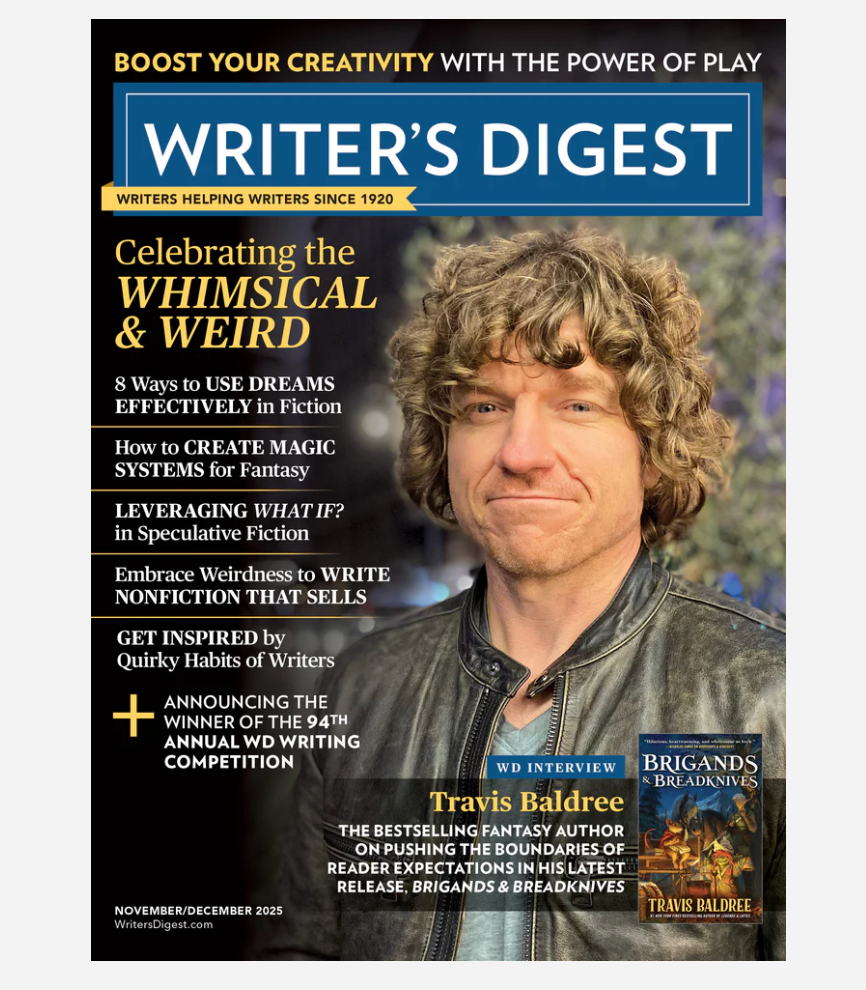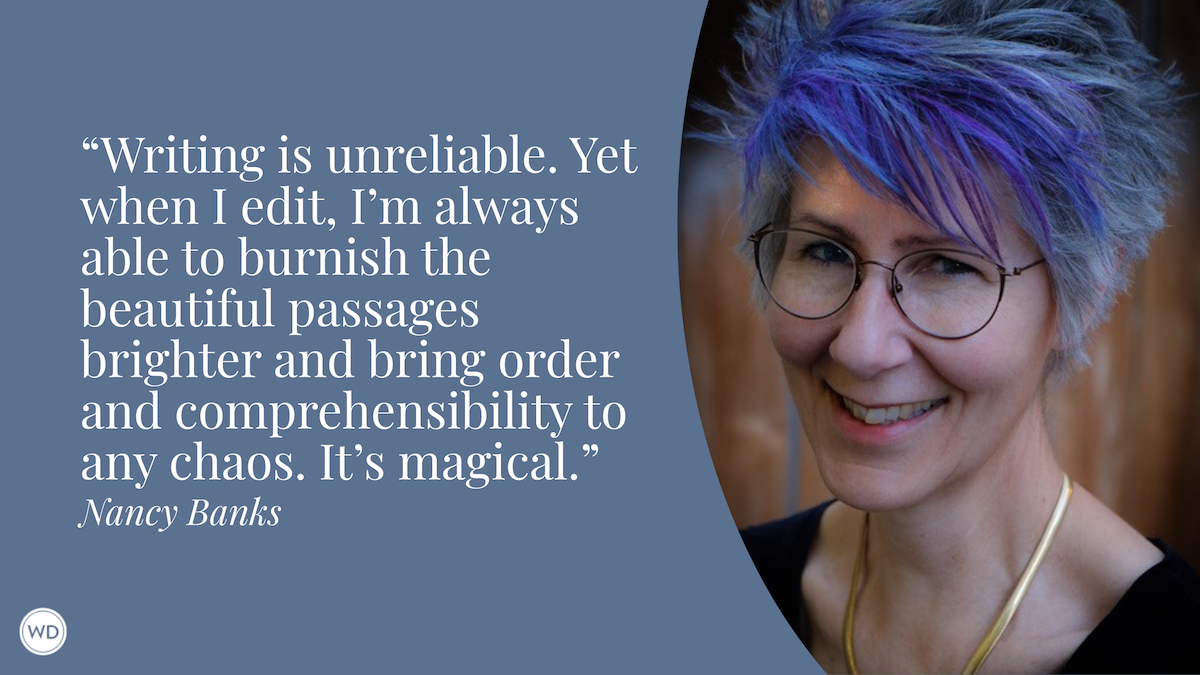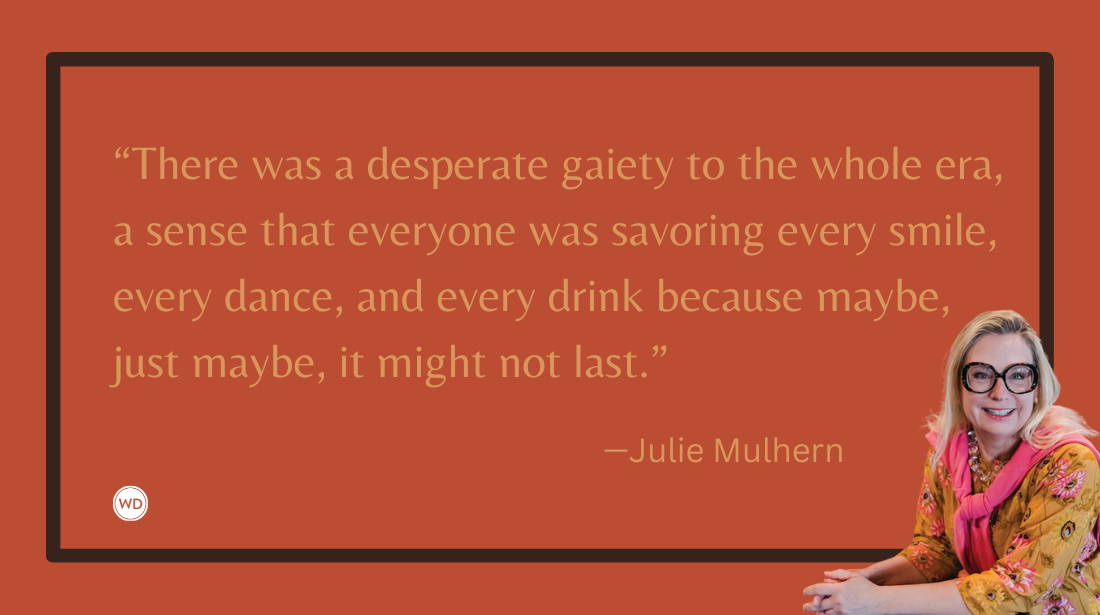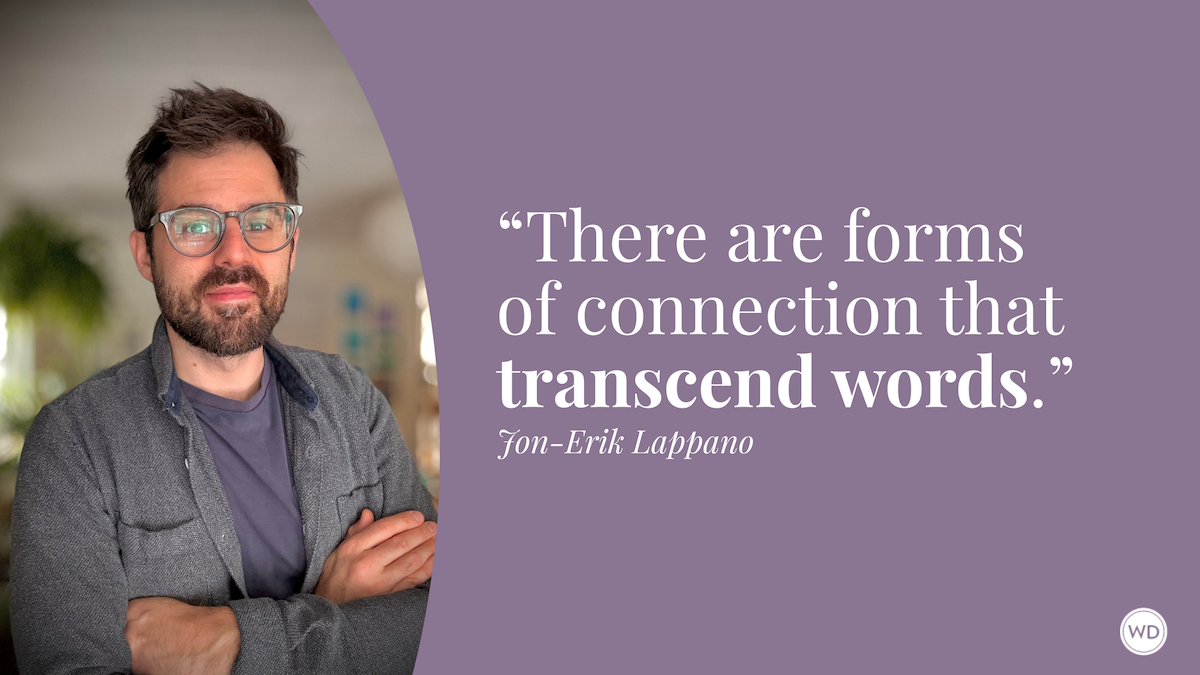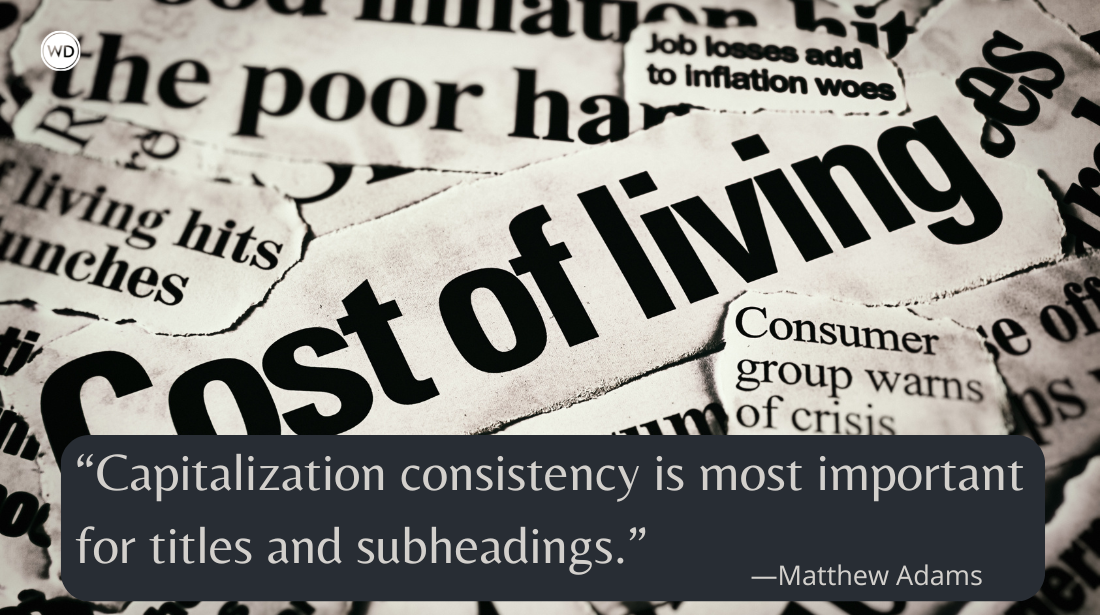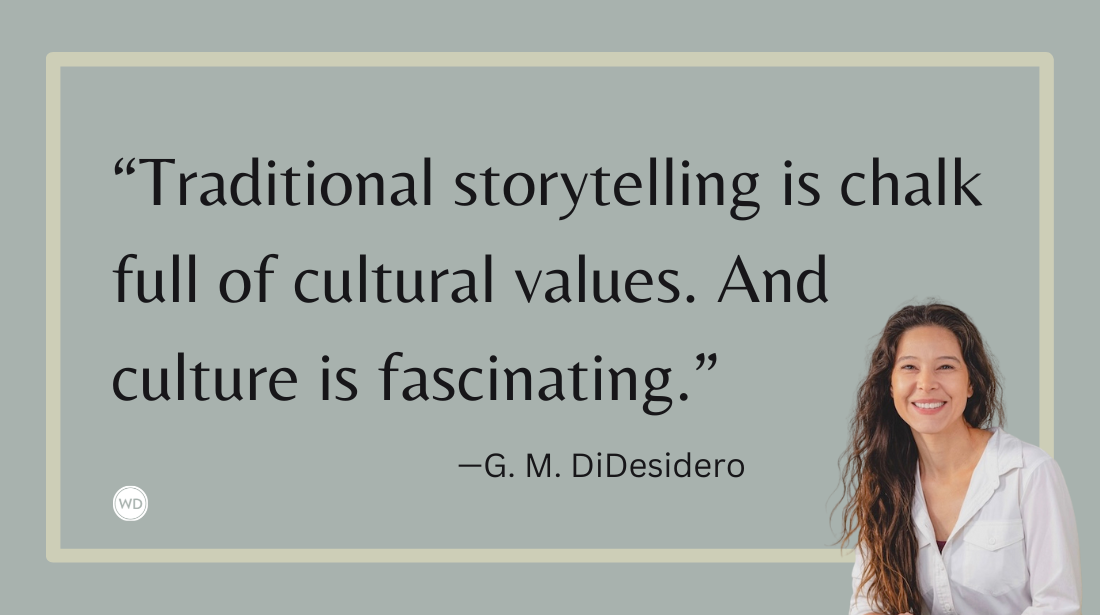The Challenges and Opportunities of Writing a Retelling
Author Georgia Leighton shares the challenges and opportunities writers confront when writing a retelling of an existing story.
I’m often asked why I love retellings so much—writing them, reading them, watching them—and my answer is always the same. All stories are living things. They move through time, shift with culture, and adapt to new audiences. Myths, fairy tales, legends, and even classic novels are constantly being revisited, reshaped, and retold.
Retellings are everywhere—from gritty reimaginings of Greek tragedies to fresh takes on medieval folklore to contemporary spins on Victorian novels. Some of your favorite songs, movies, and novels are probably retellings. Bridget Jones's Diary? A retelling of Jane Austen’s Pride and Prejudice. Oliver & Company? A retelling of Charles Dickens’ Oliver Twist. The Fate of Ophelia from Taylor Swifts latest album? A retelling of a character from Hamlet.
At first glance, a retelling seems easier than creating an original story. After all, the plot structure is already there, and the characters are familiar. But anyone who has tried to write one knows that retellings come with their own unique set of challenges. Striking a balance between honoring the source material and crafting something new requires precision, creativity, and courage.
The central dilemma of a retelling is how faithful it should be to the original. Lean too heavily on the source, and the new version risks becoming redundant; just a reheated version of a story that’s already known. Diverge too far, and the connection to the original may feel tenuous or gimmicky. Readers often come to a retelling with expectations too; they want to see the familiar beats and themes but experience them in a surprising or refreshing way. For instance, Margaret Atwood’s The Penelopiad retells The Odyssey from Penelope’s perspective. The bones of Homer’s epic remain, but Atwood brings in modern wit and feminist critique, providing a story that is both recognizable and revelatory. Achieving this kind of balance is one of the most demanding parts of the process.
Readers can also be fiercely protective of beloved stories. A retelling of Pride and Prejudice that alters Darcy’s character too dramatically may upset Austen purists, while a reinterpretation of Cinderella that eliminates the magical elements might frustrate readers expecting enchantment. Writers of retellings must anticipate these expectations and decide how to engage with them.
Some authors lean into controversy, deliberately subverting or dismantling the original story to spark conversation. Others tread more cautiously, layering nuance without discarding the essential spirit. Either way, the challenge lies in navigating an audience that comes armed with prior knowledge and strong opinions.
Another danger is leaning too much on the familiarity of the original tale. It can be tempting to assume that readers will fill in emotional or narrative gaps, but a retelling must still function as a complete and coherent work on its own. This means developing characters with depth, constructing arcs that feel earned, and crafting a narrative voice that doesn’t depend entirely on the reader’s prior knowledge. A retelling should reward those who know the original but remain accessible and compelling to those encountering the story for the first time.
Many tales were born in times and cultures vastly different from our own. Retelling them involves deciding how to handle those contexts. Should the story remain in its historical setting, potentially preserving elements that modern readers may find problematic? Or should it be transplanted into a new context that reimagines outdated norms?
For example, many traditional fairy tales contain gender roles, punishments, or moral lessons that clash with contemporary sensibilities. This was something I wanted to particularly address in my novel Spellbound, a retelling of Sleeping Beauty. I was uncomfortable with the lack of agency that the princess—and all the women in the classic fairytale—are afforded, so I set about subverting it. Instead of being a passive figure awaiting rescue, my version of the princess becomes an active agent in her own fate, wrestling with the curse and making choices that shape the trajectory of the story along with the women around her. This required careful thought: How much change would still allow readers to recognize the bones of Sleeping Beauty, and how much change was necessary to make her feel like a fully realized character? In the end, retelling is often a negotiation between tradition and transformation; respecting the echoes of the original while daring to let the silenced voices finally speak.
Retellings also exist in a crowded literary ecosystem. The most famous stories of Greek myths, Arthurian legends, and Shakespeare’s plays have already been retold countless times. This raises the bar for originality. What can you say about Achilles or Hamlet that hasn’t been said before? This challenge can also become an opportunity.
Writers often find fresh angles by shifting perspective, genre, or tone. Madeline Miller’s Circe takes a minor figure from The Odyssey and builds a rich, character-driven narrative around her. Some authors lean into genre-bending: a cyberpunk Beowulf, a horror-infused Little Red Riding Hood, or a science-fiction King Lear. Distinguishing a new retelling from the vast body of existing adaptations requires ingenuity and a willingness to take creative risks.
Retellings demand a distinctive narrative voice. When the broad strokes of the plot may already be familiar, the voice becomes even more important in drawing readers in. A lyrical retelling might emphasize atmosphere and emotion, while a sharp, humorous version could bring new light to familiar events. The challenge is ensuring that the voice feels authentic to the story being told while also showcasing the writer’s unique style. It’s this alchemy of melding the old with the new that makes retellings vibrant and worthwhile.
Finally, retellings are challenging because they are conversations between past and present. They require a deep respect for the original text while daring to innovate boldly. Writers must wrestle with questions of fidelity, originality, cultural sensitivity, and reader expectation, all while producing a story that stands confidently on its own. But it is precisely because of these challenges that retellings remain such a vital form of storytelling. They allow us to revisit familiar tales with fresh eyes, uncover overlooked perspectives, and remind ourselves that no story ever truly ends, rather it evolves, reshapes, and continues to speak across generations. For writers, the struggle of the retelling is also its gift: an invitation to participate in the living tradition of storytelling, to join a centuries-long dialogue, and to discover anew why these stories endure.
Check out Georgia Leighton's Spellbound here:
(WD uses affiliate links)


